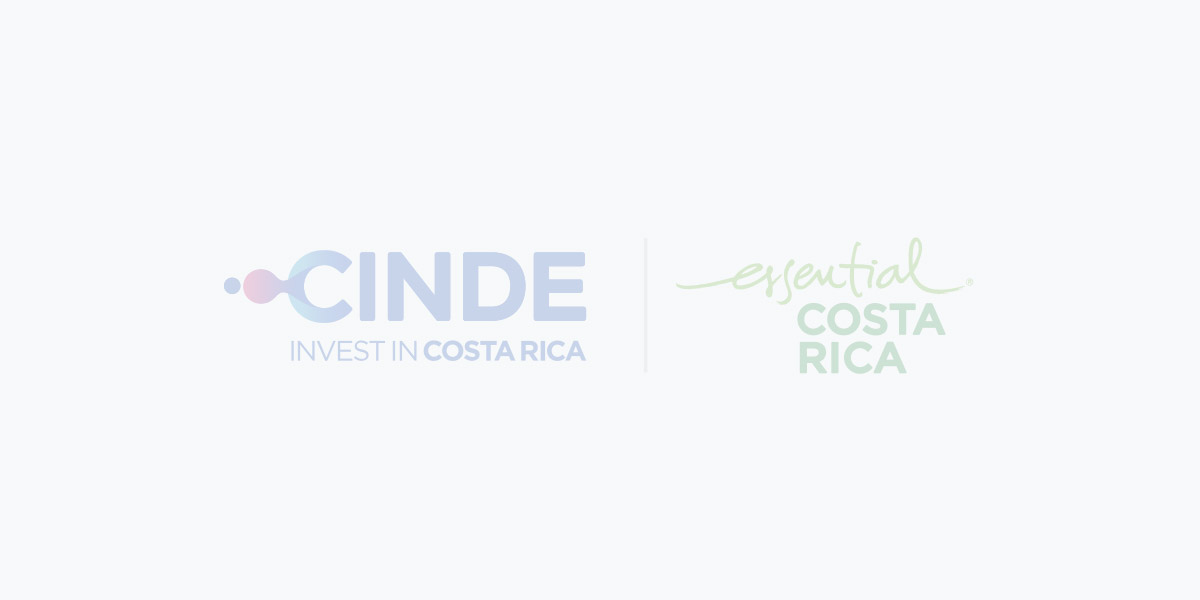NEWS
College students design medical devices prototypes
•
Possible treatments to diseases of the heart and kidneys, among others where proposed
•
Initiative was promoted by CINDE
About 20 university students in the country were challenged to develop, in a week, prototypes of medical devices, which in the future could help improve people´s the quality of life.
This, because they participated in the course Engineering Design in Medical Technology Innovation, organized by the Costa Rican Investment Promotion Agency (CINDE), with teaching support from Rice University in Houston, Texas, United States.
For a week, contestants focused on providing solutions to health problems such as heart conditions, kidney diseases and some disabilities that hinder people´s mobility, among others.
Winner. Of the proposals that where submitted, the one developed by the team of Marlon Gudiño, Daniel Ordoñez, Elizabeth Vargas, Ana Maria Murillo and Michael Hart, was the winner. The students came up with an alternative to a procedure called Pericardiocentesis, which aims to remove fluid that is stored around the heart of patients.
"The heart is in a bag called pericardium and this space is very limited. Currently, a needle is inserted and all liquid is removed. When inserting it, you must be careful not to touch the heart," mentioned Marlon Gudiño, student in Materials Engineering at the Costa Rica Institute of Technology.
Therefore, these students focused on designing a prototype of a device that would remove fluid with an effective and less invasive method, described Daniel Ordoñez, an Electronics´ student at the same university.
Gudiño explained that to achieve that goal, they proposed the use of piezoelectric and photoresistors.
The first are materials that when they receive an electrical pulse they generate a mechanical wave and it is easier to know where it is going (in this case, the needle). Meanwhile, the second works giving a signal depending on the amount of light they receive. "The idea is that when the needle goes through it will receive less and less light. This way the doctor will have like a traffic light system, to know when to stop," added Gudiño.
Experience. Carlos Hernandez, university student who participated in the course, along with another team, said this was an excellent opportunity to share knowledge, experiences and even to practice English because the final presentations were given in that language.
This student´s team proposed a module in which patients requiring hemodialysis can make one at home, not having to travel long distances to the hospital.







